Our life in ‘infamous’ Nagasaki
Besides the gruels of the atomic bomb, this narrow city nestled between the hills, actually has a rich and fascinating history! As a port city, Nagasaki has attracted many different cultures over the centuries; first the Portuguese, followed by the Dutch and Chinese. Especially the Dutch played a significant role by establishing a trading post on Dejima, once an artificial island in Nagasaki harbor, which was a key point of contact between Japan and the West for over 200 years. And, of course Nagasaki is also known for a tragic chapter in history; the atomic bomb dropped on August 9, 1945 that has left its mark here.. It is this remarkable city that we call home for now, since we moved here in August 2024. Slowly but surely, we are finding our way and after half a year, we are getting to know the local trails and sights, which we gladly share with you. Besides the Dutch influences, Nagasaki is also home to a large Chinese immigrant community, something that quickly becomes apparent through the many Chinese festivals celebrated here. Right now, for example, the Lantern Festival is in full swing, marking the end of the Lunar New Year celebrations two weeks ago.
Atomic Bomb Museum
While it was the first thing that came to mind when we learned about the possibility of moving to Nagasaki, we waited a few months before visiting the Atomic Bomb museum. Not just because we were busy exploring the area, but also because we knew it would be intense, and we weren’t quite in the right mindset yet. However, given its significant role in Nagasaki’s history it is of course a must visit. The atomic bomb and its aftermath and how it is presented in the museum left a deep impression. Since the bomb detonated at high altitude, radiation levels dissipated relatively quickly, but the destruction was overwhelming. What especially caught our eye was that in the museum displayed everyday objects, completely deformed, standing as silent witnesses to the event. A striking example were a pair of glasses, of which the frame remained intact, while the glass formed a melted puddle of glass at the bottom. These were accompanied by some grueling photographs and powerful texts and poems from survivors and their families.
While not fun, the museum is definitely worth the visit, and you would hope that the leaders of today could take in some of the strong anti war and anti nuclear war messages. Especially the words “Let Nagasaki remain the last place to suffer an atomic bombing”, stays with you and you hope it will stay with others as well. Another striking message at the end of the museum suggested that the bomb was not needed to end the war, but was primarily dropped to demonstrate the success of the Manhattan Project. Truly horrific. Also noteworthy is the lack of acknowledgement of Japan’s controversial role during WWII in the museum and elsewhere. Not that it would justify the use of the Atomic bomb, but the lack of reflection makes you wonder how the history is narrated and communicated in Japan. However, the main message the museum aims to convey is that this must never happen again. A display of all known nuclear weapons in the world today serves as a sobering reminder, especially in these turbulent times.
Huis Ten Bosch
For many years the Dutch were the only connection to the outside world for Japan, concentrated on the small Hirado island and later in the Dijima area in Nagasaki. The Dutch played a vital role in Nagasaki’s trade history and introduced certain new products and “western” knowledge in Japan. Sugar was for example carried on ships as ballast between Batavia and Dijima, effectively introducing sugar and inspiring baking and dessert making in Nagasaki. From all over Japan people came to Nagasaki to learn the latest developments in medicine at that time as well. This Dutch connection is not only evident in the beautifully restored former Dutch trading post Dejima but also in ‘Huis Ten Bosch’, arguably the weirdest theme park you can visit if you’re from the Netherlands. This park is designed to look like the Netherlands, and oh boy it does! The dedication in copying Amsterdam, Gouda, Utrecht and other famous places in the Netherlands is next level: every brick used was imported from the Netherlands, six kilometres of channels have been constructed Walking around as a Dutch person is surreal; the only real giveaway that you’re not actually in the Netherlands is that the Utrecht Dom Tower is located right next to the city hall of Gouda…it’s well, just a little off. But other than that, the streetlights, houses, and roads; everything has been copied to perfection. When we gave our parents a call, they even thought for a brief moment that we were on a surprise visit in the Netherlands.
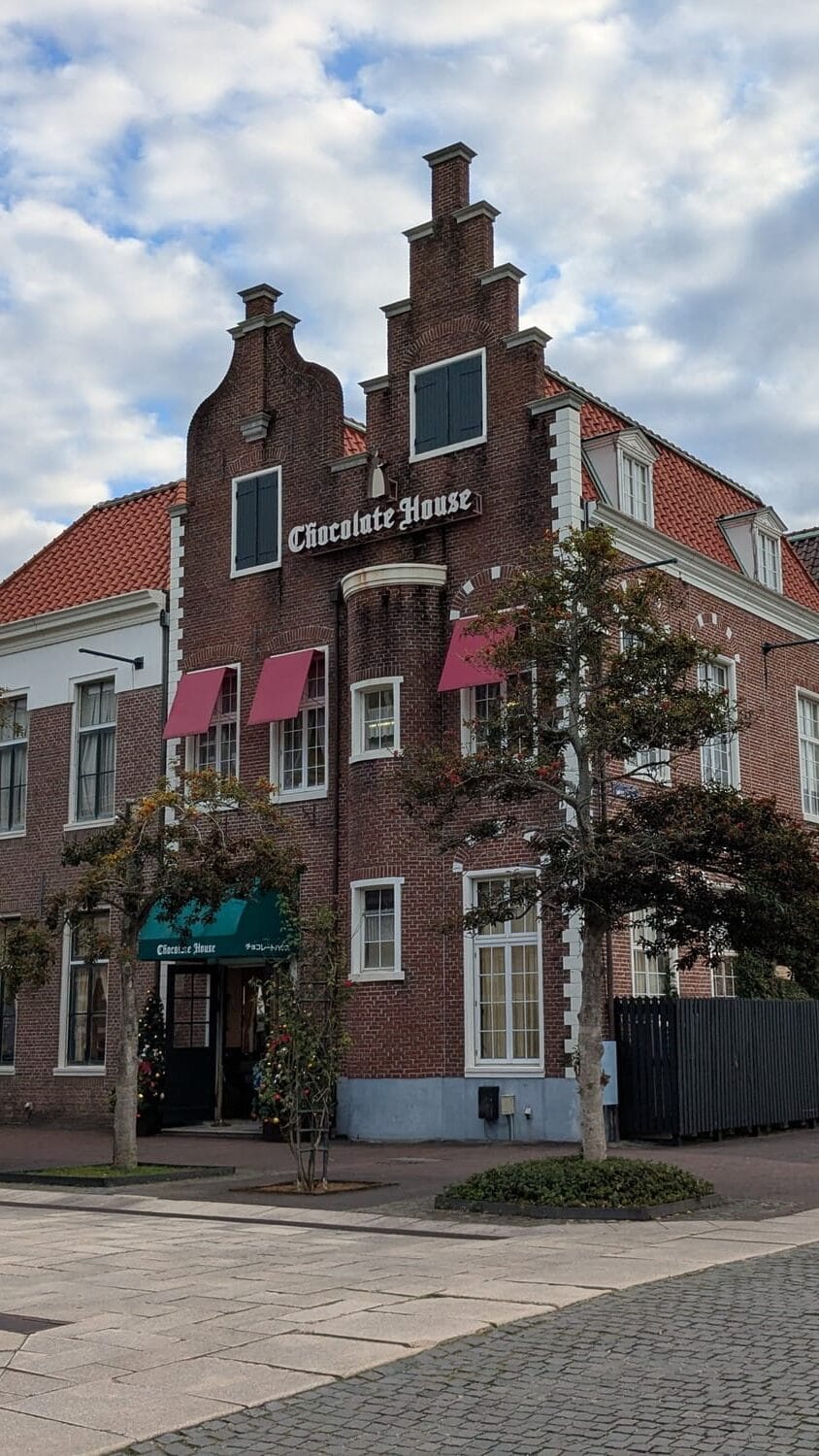
Snow in Nagasaki?!
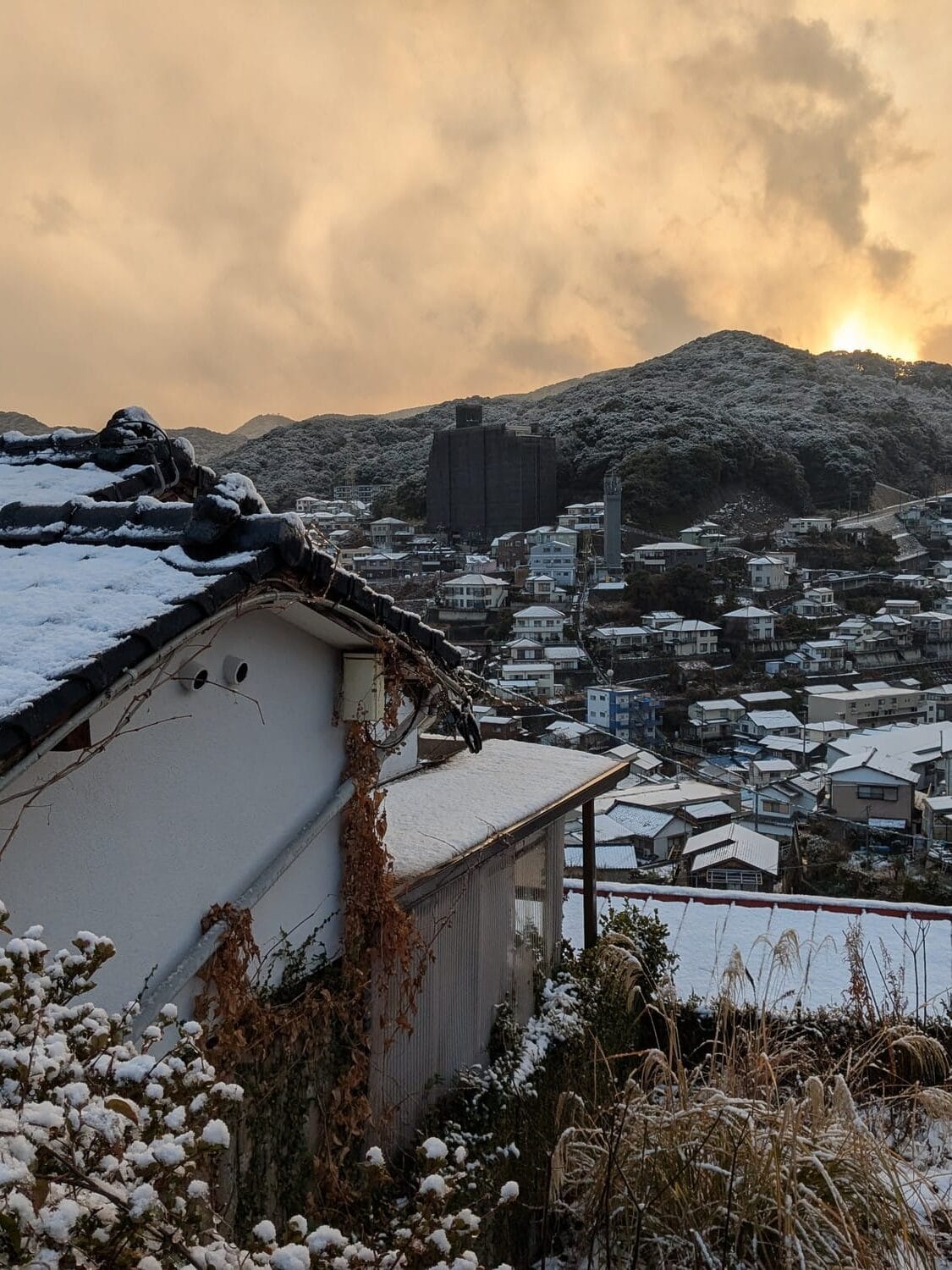
We have to mention the unexpected but welcome snow! This part of Japan receives very little snow, making even the smallest flake quite exceptional. To our surprise however, this winter we’ve already received multiple snowstorm warnings and experienced several days of snow-covered landscapes. It’s a surreal sight, palm trees and citrus trees blanketed in snow. It is also quite obvious that people here are not well-prepared for snow. The slightest sight of snow makes people and the local government go into panic mode. No one has winter/snow tires on their car in this part of japan, and when there’s little snow on the ground, everyone drives around with snow chains, including all the heavy local buses and trucks. Not surprisingly, the roads are in a terrible condition; torn up tarmac and visible car tire tracks are awfully common. Despite these ‘precautions’ you constantly hear ambulances, and can see many accidents on the roads. Maybe for some people the snow warnings could have been useful after all, guess better stay at home… although it gave us a change to explore our favourite trails in a new light😉
Travelling in and around Nagasaki
Inspired by visits from family and friends, we’ve been exploring places around Nagasaki, uncovering some wonderful surprises along the way. Travelling through the nearby rural areas offers a unique experience. In one small village, while searching for a nearby coffee shop, we were stopped by the police. Unsure of what rule we may have accidentally broken, we felt a bit nervous as the officer stepped out of the car. But with a big smile, she approached us and, in perfect English, asked if we needed help and if we were enjoying our visit. It was clearly an excuse to practice some English, but it was heartwarming and made us feel more at ease. While travelling through Saga we came by an old fisherman’s hut. Ordering was a bit of a challenge, but after a few awkward moments with our translation app and the quirky menu, the owner came to our rescue. To our surprise, he spoke English! Taking his recommendations led us to some of the best sashimi we’ve ever tasted. It is striking that due to the aging population and declining numbers in rural areas, many elderly people continue to work well past retirement age. And we realized that, in many cases, the older generation speaks better English than the younger one!
Coffee? Make it yourself!
By now, you have often heard that Japan is distinctively different from other places, and we can not withhold this example from you. Half an hour south of Nagasaki harbour you will find a small island with an incredible beach, walking trails, bike paths, an iconic lighthouse on a cliff and DIY coffee. During a bike ride with friends from the Nagasaki Roadies, we stopped at a little shack by the lighthouse for a well deserved coffee and cold drink. Our friends kept telling us we would have coffee here, so we expected a cafe of some kind, but to our surprise there was only an unmanned shack. Even more surprising was that the shack was filled with coffee, tea, coffee makers, tea roasters and cold drinks. You could brew your own coffee, enjoy the place and drink as much coffee as an Erik could wish for, for only a small donation of 100 yen (less than 1 Euro). To boost tourism and visitor numbers, a local organization created these self service cafes on 5 spots on the island. An amazing idea that we truly enjoy, but it does make us wonder how long such an initiative would work out in another place (as in that’s not Japan).

Abandoned Japan
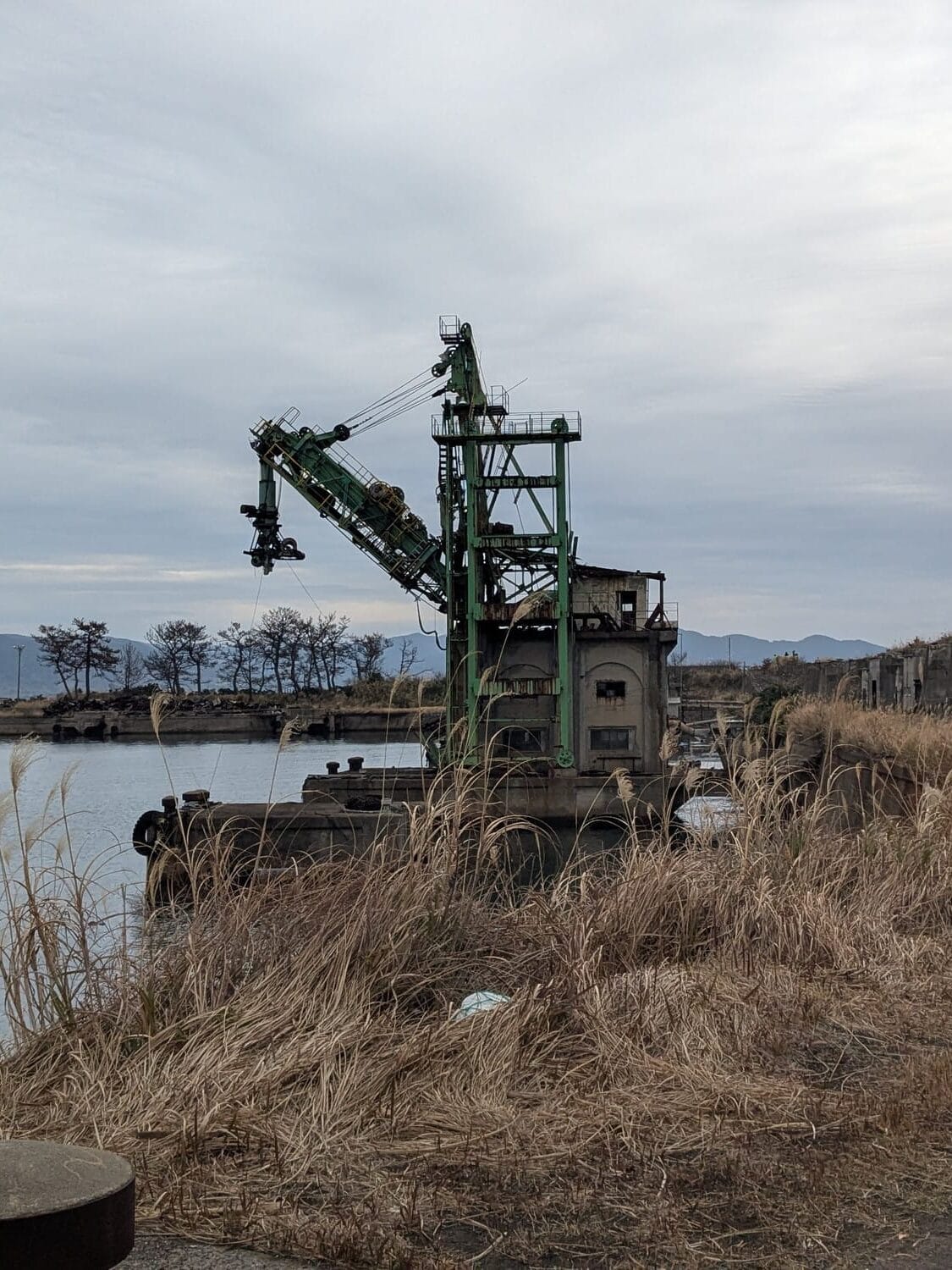
While many places today in Japan are flooded with tourists, there are also less affluent places in a downward spiral in Japan. Due to the declining population, migration to larger cities and a challenging economic situation, more and more rural places are having difficulties trying to maintain their community. On our bike rides just outside of Nagasaki, abandoned houses, bewildered rice paddies, and factories in decay are no exception. Extremes of this can be found on former coal mining Islands, of which Hashima is the most famous due to the 007 Skyfall movie. Less famous, but more rewarding is the Ikeshima island, a larger island that is nearly deserted but was once home to 10000 people and their families. Here (contrary to Hashima island) you can walk between the remains of endless deserted blocks of apartment buildings, grasp a sense of the past with old mining structures, and pet the numerous furry cat friends left behind when the mine closed. Nature takes over here, giving the place a very surrealistic and almost spooky feeling.



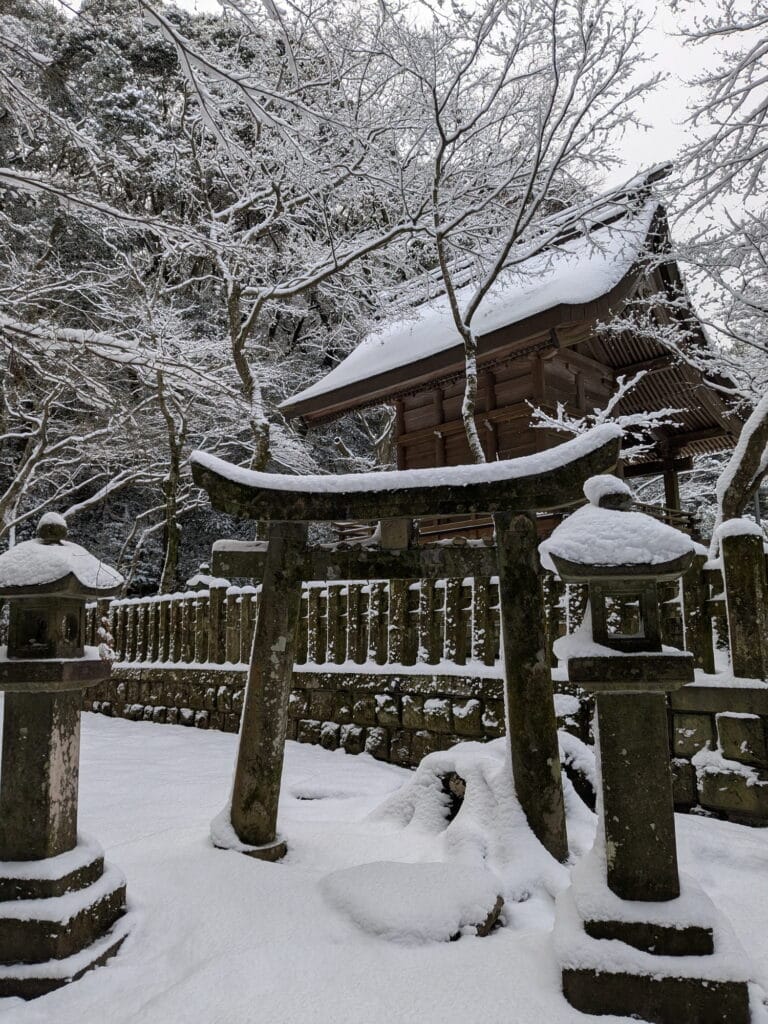
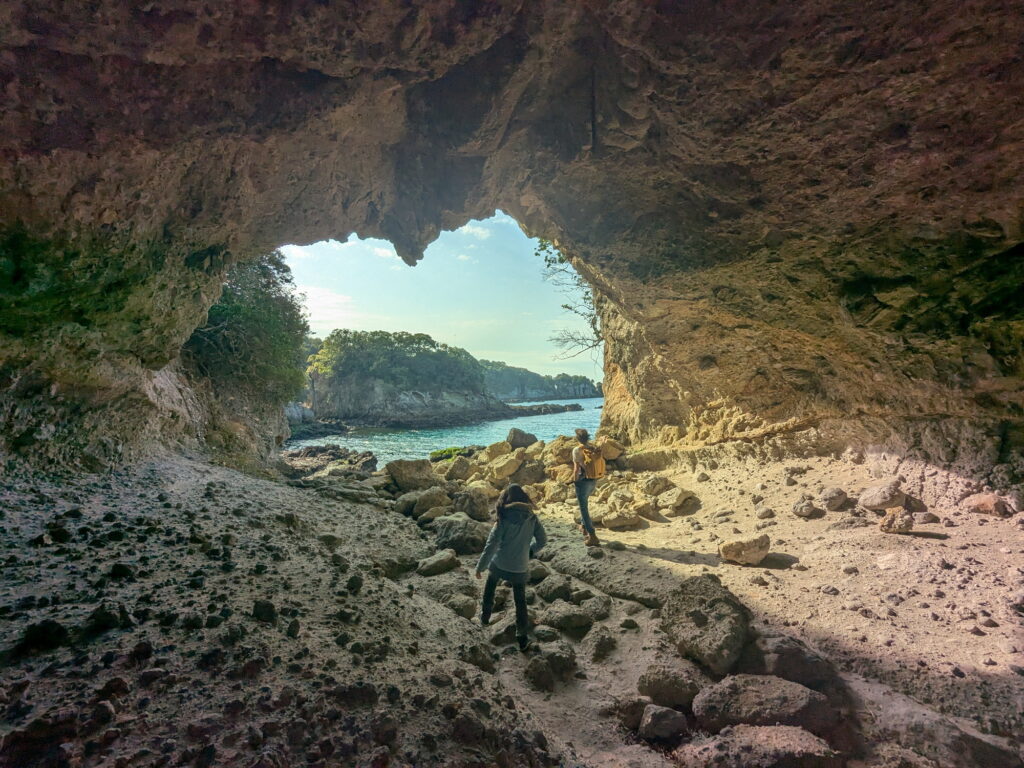
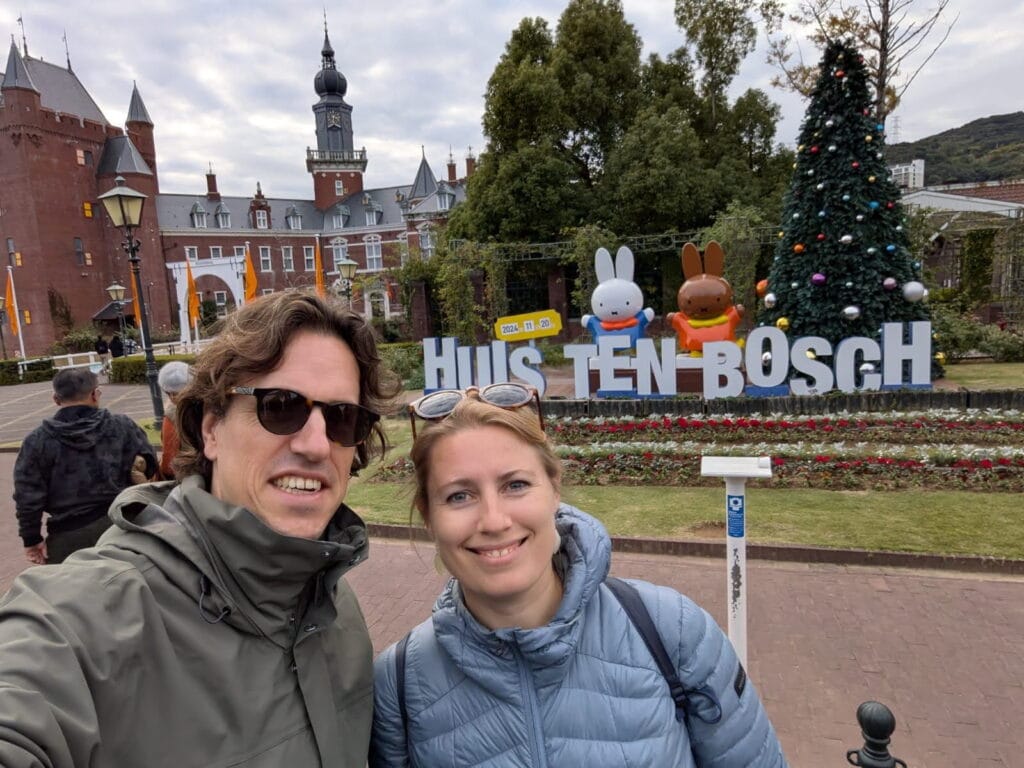
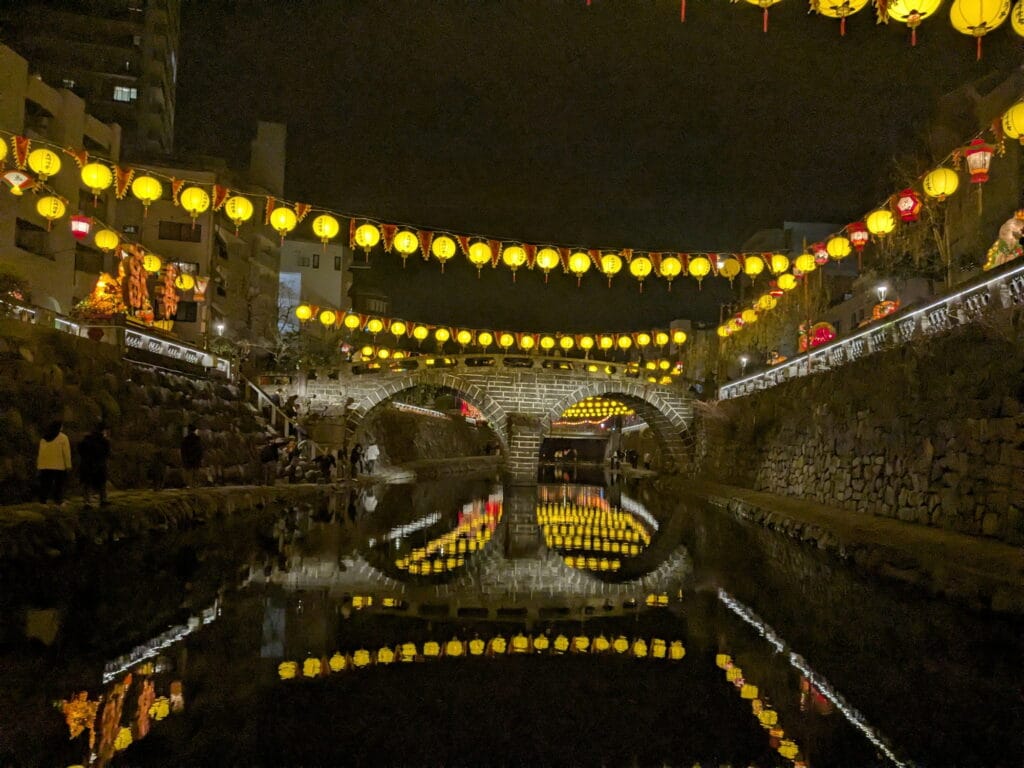
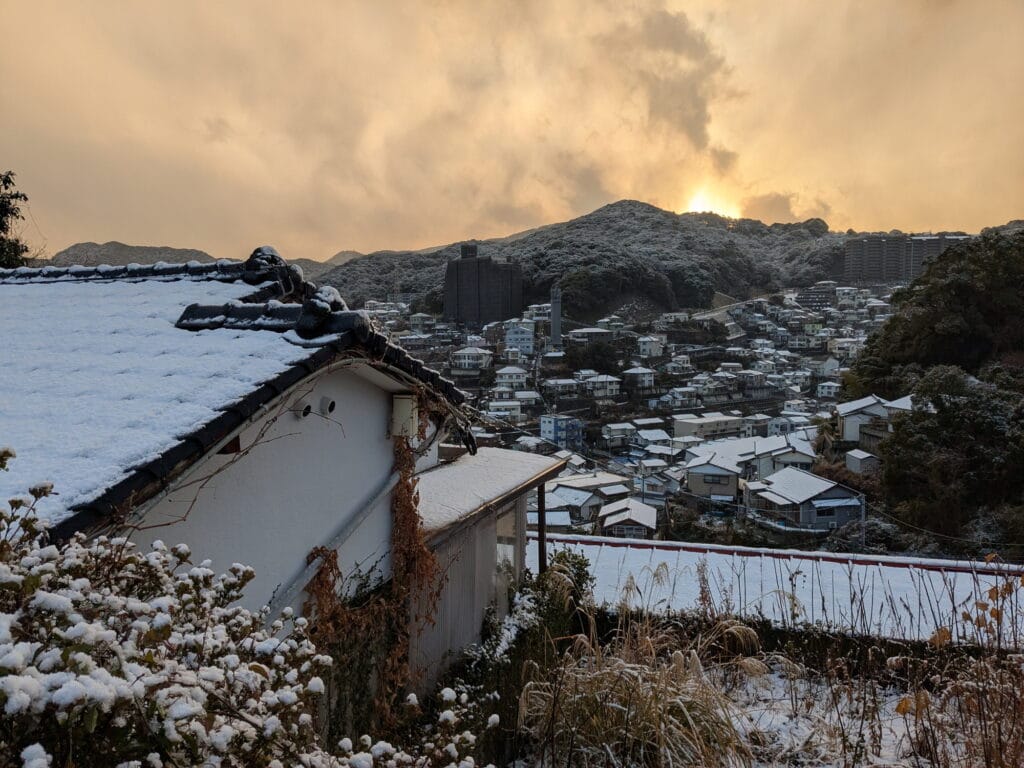
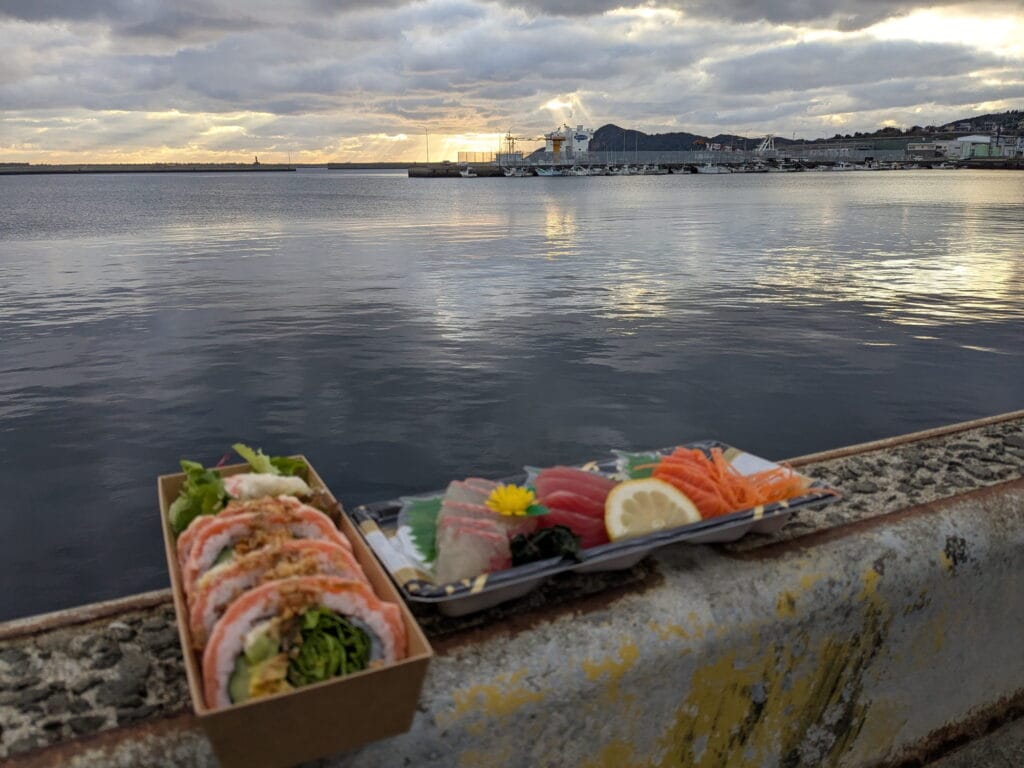
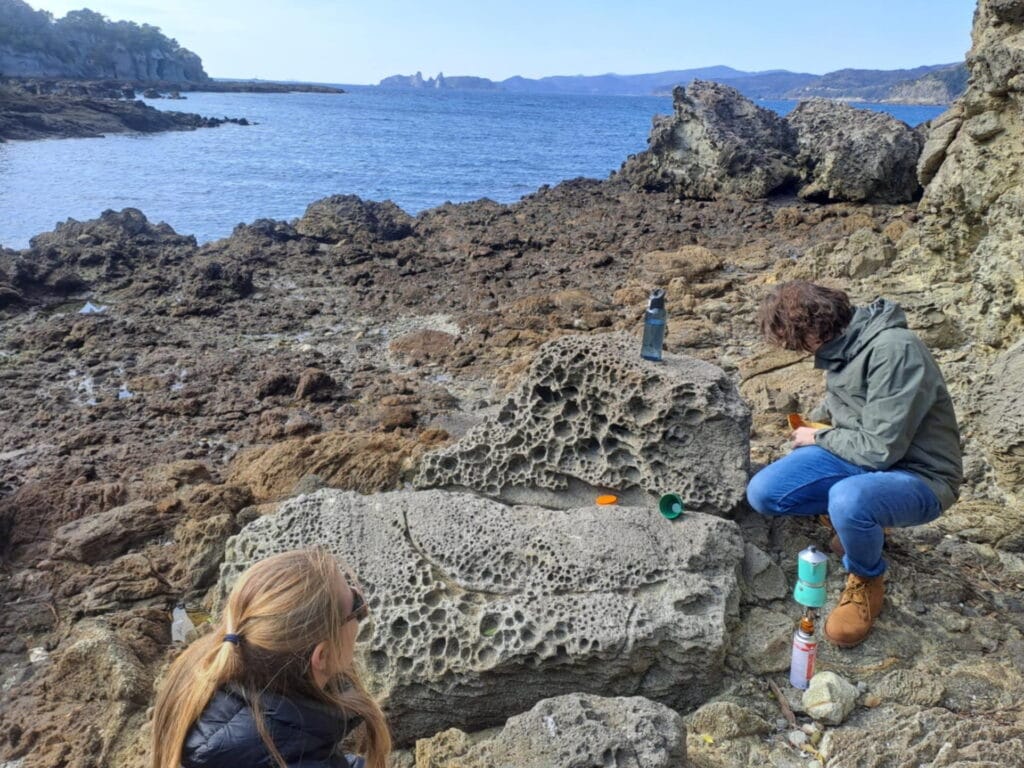
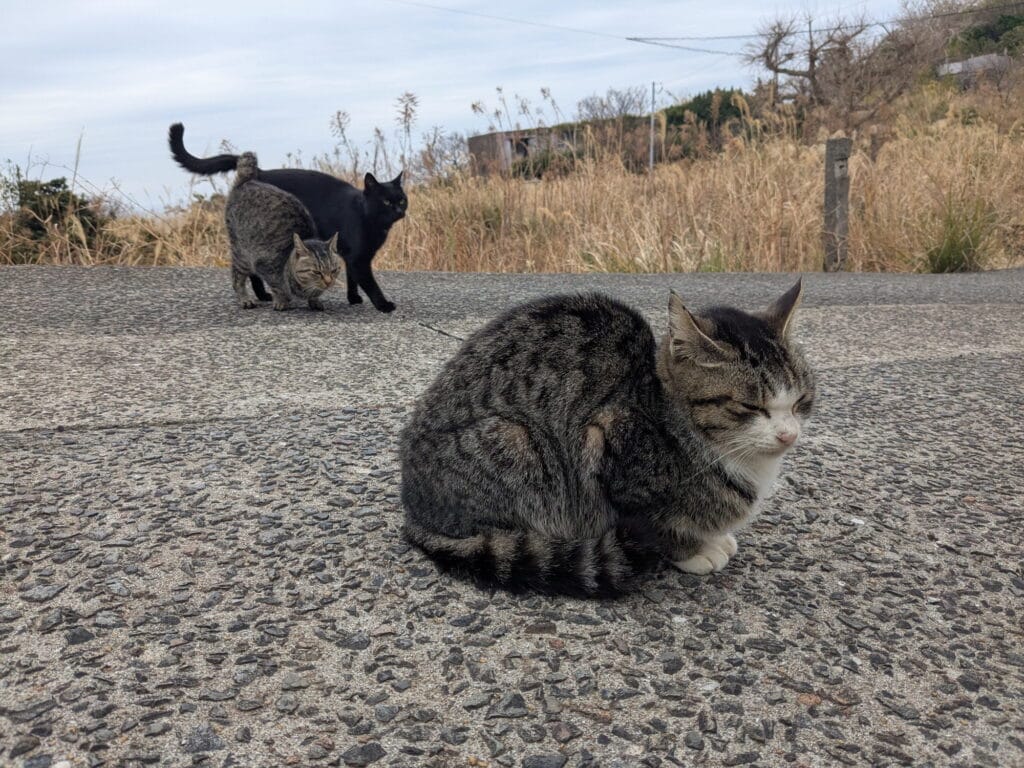
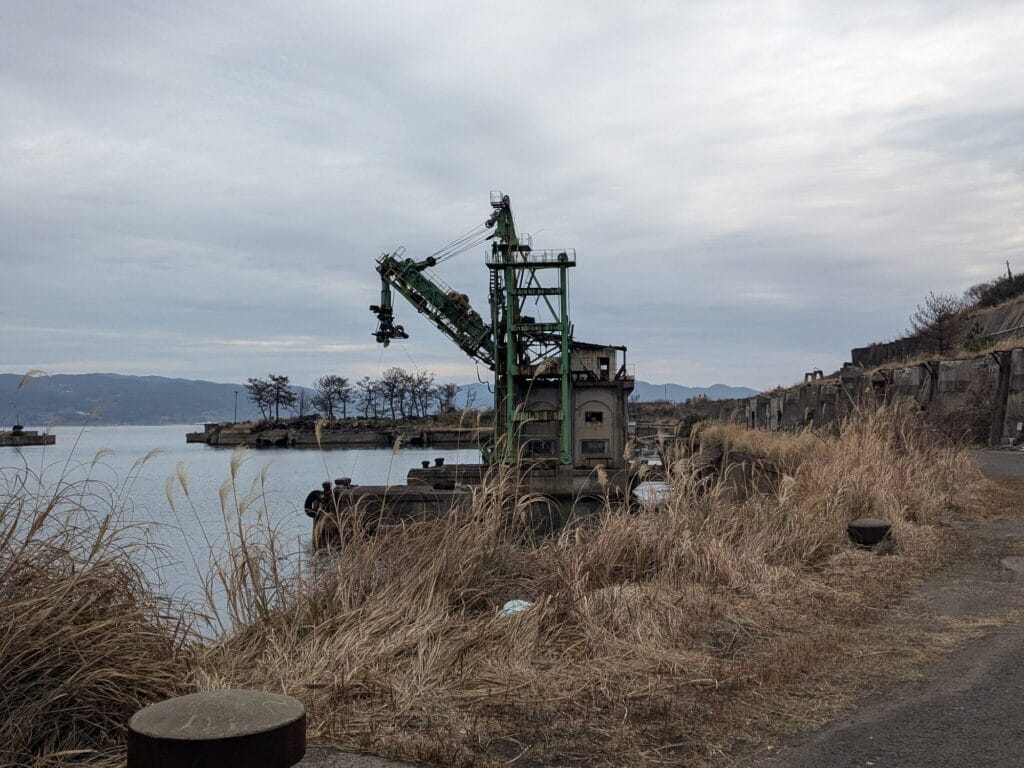
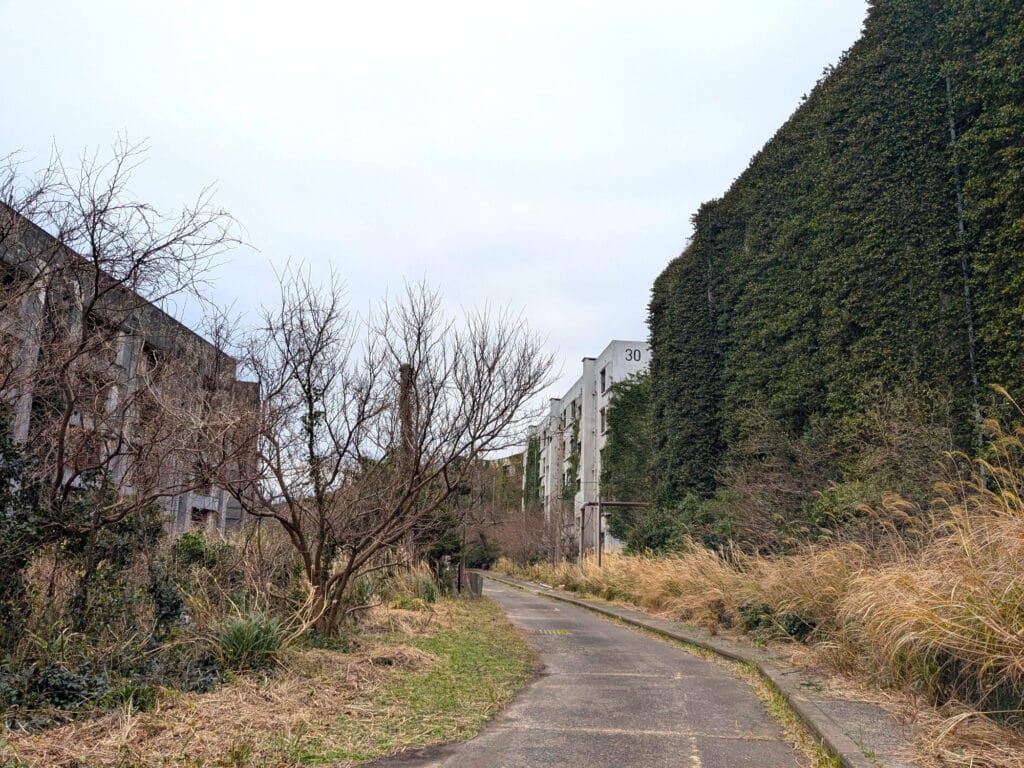
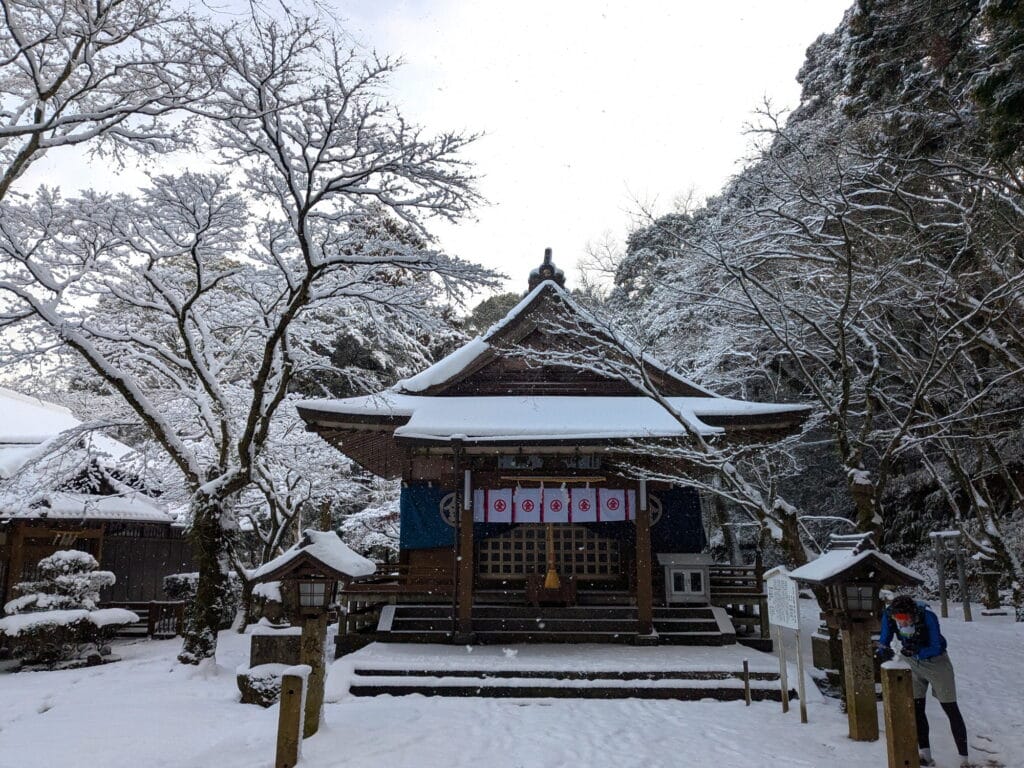
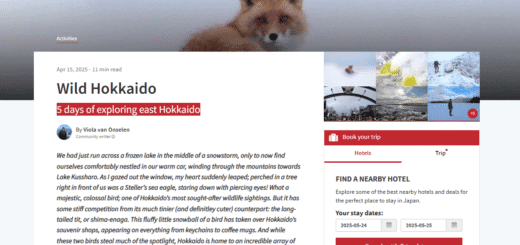

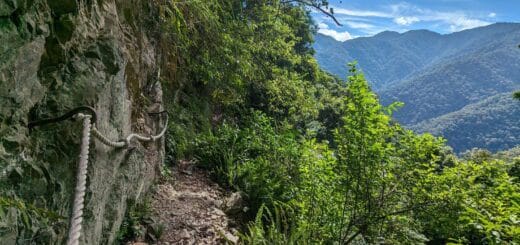





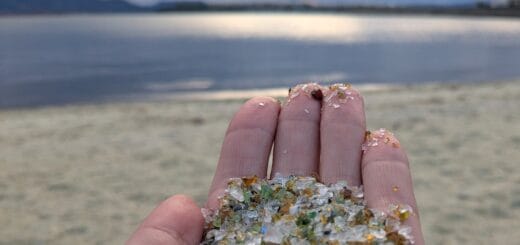
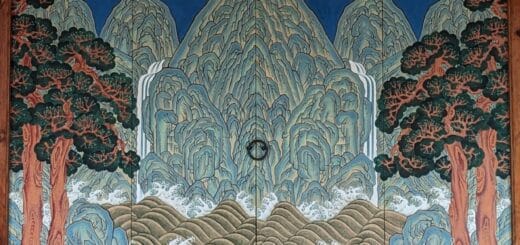

It’s always fun to read about your adventures and experience Japan through your eyes.